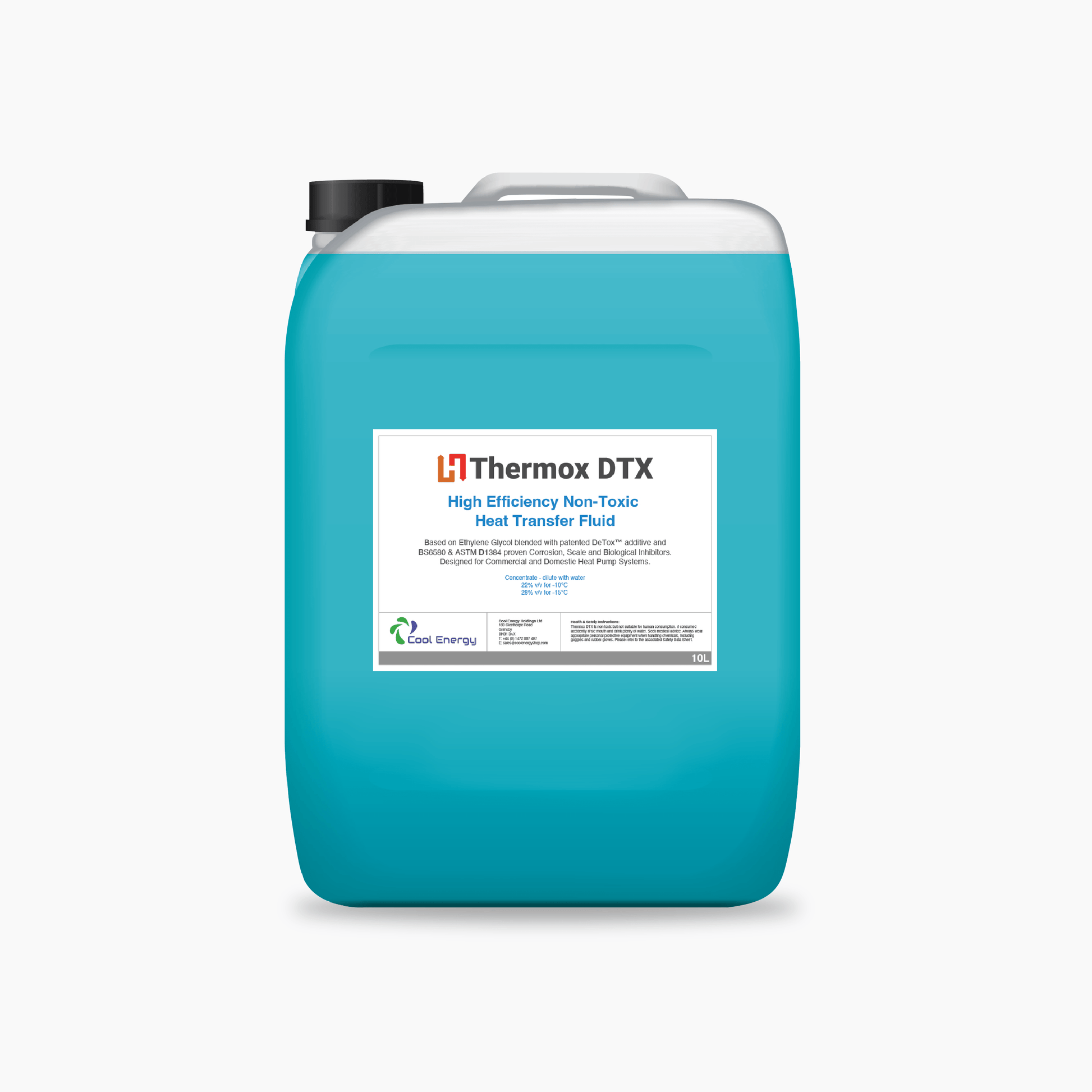How Warmth Transfer Fluid Contributes to Lasting and Economical Workflow
In the modern industrial landscape, the function of warmth transfer liquids (HTFs) in promoting sustainable and inexpensive procedures can not be overemphasized. These fluids are critical in enhancing thermal administration systems, thereby considerably improving power performance and minimizing functional costs. heat transfer fluid. The environmental benefits of advanced HTFs, with their high thermal stability and low toxicity, are indisputable.
Comprehending Warm Transfer Fluids
In the world of thermal administration, heat transfer liquids (HTFs) serve as important agents for moving thermal energy from one place to one more. These fluids play a pivotal duty in numerous industrial applications, consisting of chemical processing, power generation, and Heating and cooling systems.
The composition of warmth transfer fluids can vary significantly, consisting of alternatives such as mineral oils, artificial oils, glycols, and molten salts. Each kind supplies distinctive benefits, such as enhanced thermal security, low viscosity, and high boiling factors, which are selected based on particular functional requirements. The option of HTF influences not just the performance of warm transfer but additionally the durability and safety of the system in which it is employed.
As industries proceed to introduce, the advancement of advanced HTFs, characterized by their enhanced thermal conductivity and lowered environmental effect, is critical for satisfying the demands of modern-day thermal monitoring obstacles.

Enhancing Energy Performance

Improving energy efficiency has ended up being a vital concern throughout different markets, triggering a better assessment of warm transfer fluids' function in enhancing thermal administration systems. These fluids are essential to preserving the desired temperature level in procedures, therefore decreasing power waste and improving general system efficiency. By selecting an appropriate warmth transfer liquid, markets can substantially enhance their energy efficiency, causing decreased energy intake.

Advanced formulas of warmth transfer fluids have been created to hold up against severe temperature levels while keeping stability and performance. These technologies extend the operational life expectancy of the liquid, minimizing the frequency of replacements and energy-intensive maintenance tasks. The usage of synthetic or bio-based liquids offers additional advantages in terms of decreased ecological impact, straightening with worldwide sustainability objectives. As a result, enhancing power efficiency with optimal warm transfer fluid choice is not just a technical need however also an environmental crucial.
Decreasing Functional Expenses
Functional prices are a significant consideration for markets seeking to preserve affordable benefit, and the choice of heat transfer fluid plays a critical duty in cost administration. Picking an appropriate heat transfer fluid can lead to substantial cost savings by enhancing system effectiveness and minimizing power usage. High-performance fluids reduce thermal deterioration, which consequently lowers the regularity of liquid replacement and downtime related to maintenance, thus lowering operational expenses.
Moreover, heat transfer fluids with premium thermal security and deterioration resistance prolong the life-span of web tools. This lowers the demand for regular repair work and replacements, which can be costly and disruptive to procedures. By purchasing high-quality liquids, sectors can accomplish long-term decreases in upkeep expenses and improve the reliability of their systems.
In addition, progressed warm transfer liquids frequently display reduced viscosity at operating temperature levels, which improves pump efficiency and lowers energy usage in liquid flow. This optimization of power consumption straight translates right into reduced operational prices. Several contemporary warmth transfer fluids are crafted to operate successfully over a wide temperature array, reducing the demand for multiple fluid kinds, therefore enhancing supply demands and lowering associated expenses. These variables collectively contribute to more sustainable and cost-effective operations.
Ecological Impact Reduction
The press in the direction of minimizing environmental impact has actually gotten energy in markets leveraging heat transfer liquids. Warm transfer fluids (HTFs) play a crucial duty in this shift, providing opportunities to enhance energy performance and lower exhausts - heat transfer fluid.
In addition, making use of sophisticated heat transfer liquids contributes to better system effectiveness, lowering the total power usage. This reduction not just results in price savings however likewise decreases carbon dioxide exhausts, helping in the battle against environment modification. Liquids that are eco-friendly and recyclable even more boost sustainability efforts, as they lessen waste and promote round economic climate practices.
Furthermore, incorporating HTFs into closed-loop systems protects against fluid loss and contamination of the surrounding atmosphere. This strategy makes certain that fluids are recycled, reducing the need for brand-new resources and limiting waste generation. By welcoming these ecologically aware techniques, sectors can considerably lessen their ecological effect while keeping high operational performance, straightening with global sustainability goals and governing needs.
Choosing the Right HTF
Choosing the appropriate warmth transfer liquid (HTF) is a vital action in advancing ecological sustainability within commercial procedures. The option of HTF straight affects system performance, energy consumption, and environmental effect. An excellent HTF should possess a high thermal capability, low viscosity, and high thermal conductivity to make sure reliable warmth transfer. Additionally, its stability over a broad important source temperature range is important to stop destruction, which can bring about increased emissions and waste.
This ensures long life and decreases maintenance expenses. The liquid should be non-toxic and eco-friendly, lessening its ecological impact and guaranteeing compliance with ecological regulations.
Verdict
